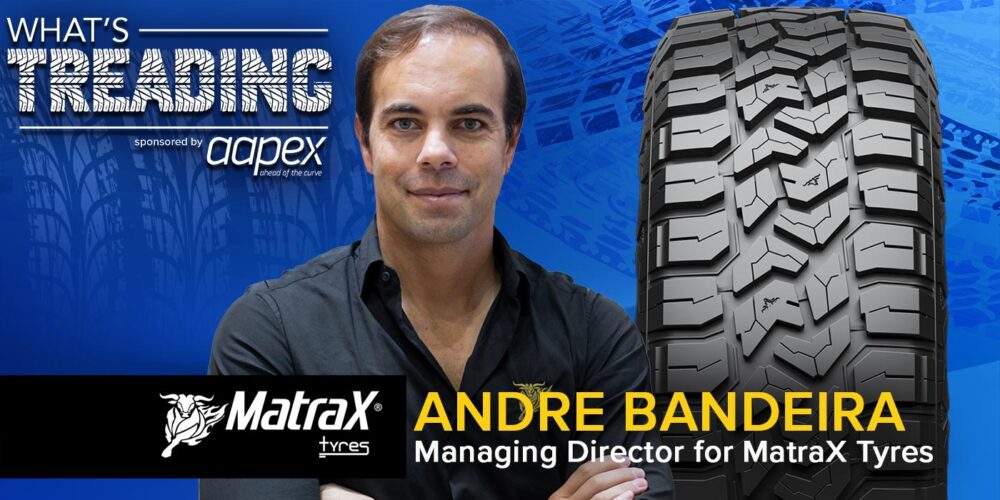In the early days of automotive history, tires were far from the high-performance, long-lasting rubber we know today. Soft textile ply layers comprised the structure of a tire, leading to rapid wear and low rigidity. However, a game-changing innovation arrived in the middle of the 20th century – the introduction of steel belts.
This breakthrough brought a host of benefits that revolutionized how tires perform. Let’s explore steel belt tires and the advantages they offer in this Tire Review Continental Tire Garage Studio video.
Before steel belts, tires faced significant challenges with durability and longevity thanks to soft textile ply construction. But, in the late 1940s, a groundbreaking technology emerged – the bonding of steel and rubber for the very first time. This combination paved the way for the steel belt tire, forever altering how tires are manufactured.
Steel belts provide enhanced tire stiffness, delivering a flatter contour and resulting in improved mileage and reduced wear. According to Nate Dodds, product manager (for performance tires) at Continental, the flat contour allows for a consistent contact patch with the road, promoting even tire wear and better fuel efficiency.
The stiffness of steel belt tires also offers improved driving stability and handling, not only in lateral movements during turns but also in longitudinal actions such as braking and accelerating. This means a safer and more confident driving experience, even at higher speeds.
Another advantage of steel belts is their ability to protect the tire casing from road damage, like nails or impacts. Think of steel belts as a shield; preventing foreign objects from penetrating the tire casing and causing damage. Due to the tire’s design, the belt edges at the shoulder undergo the most deformation/shearing, which is why Continental said tires are protected by a belt edge ‘cushion.’
Additionally, steel belt technology helps reduce rolling resistance, which is especially crucial for electric vehicles (EVs). Lower rolling resistance means improved fuel economy and increased range for EVs, a key selling point for EV owners.
A steel belt package has two layers of high-strength steel cords woven in a crisscross pattern that bond to the rubber. This unique design provides essential rigidity for tires while maintaining flexibility to absorb road irregularities.
Interested in learning more? You can view more details about tire construction and how Continental builds its tires at continentaltire.com. Thanks for watching!
This video is sponsored by Continental Tire.













